The Fastest Drive From SF To LA IS I5!
Updated December 2022
This post is part of a series on travel close to home. You can find more posts from this series on my page Getaways Near Me (or You)
My daughter moved to LA (Los Angeles, California) a while ago. And while I’ve driven between the Bay Area and Southern California many times, these past couple of years have seen me doing the drive more than ever. There has never been any doubt that the fastest drive from SF to LA is I5 (AKA “the 5” or Interstate 5.)
Most of us are in a hurry. You may only have a weekend to spend in the great Cities at either end of this drive. You may have young people (really young, you know, kids) in the car with short attention spans. In situations like these, getting to your location quickly is better than enjoying the journey. Not only is the fastest drive from SF to LA 1-5, but it is also the most direct route.
This article may contain affiliate links. We may earn a commission if you use these links to buy products or services. Please see our disclosure policy for full details. Thanks.
Not Only Is I-5 The Fastest Drive From SF To LA, But It’s Also Easy
You head east out of San Francisco over the Bay Bridge (aka I-580). You stay on I-580 until it merges with I-5 South. There are no significant road changes. You may be bored, but you can’t get lost.
The fastest drive from SF to LA is I5, but it’s not the most scenic route. In fact, many would say this is one of the most boring drives in the state of California. It is straight and flat, except for the “Grapevine.” We’ll talk more about the Grapevine in a bit. But I5 can be the best way to get from SF to LA.
Even though you’re in a hurry, you will probably need to make at least one stop, at least to refuel the car. You may want to take a bit longer break to eat a nice meal or walk around a bit. If you’ve got kids, you’ll want to burn off some of their energy, or they will make you crazy.
Take heart; there are a few good places to stop.
Best Stops On The Drive From SF to LA
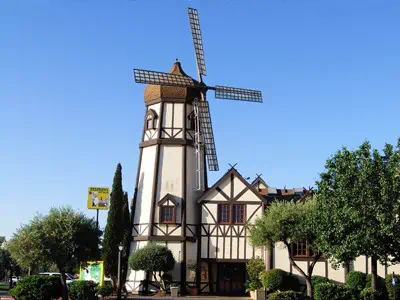
There are many small towns along 1-5. Some are not a good option for stopping along your drive as they have no services. But there are still plenty of stops for when you need a break.
Recognizable from I-5 by its Dutch-style windmill is the world-famous Anderson Pea Soup factory store, and restaurant front and center in Santa Nella. Anderson Pea Soup is a nostalgic winner for those of us who’ve been driving up and down the “5” for years. But it doesn’t have much appeal to the younger crowd.
Fear not; you can also pack a picnic and head just two miles south of Santa Nella on Highway 33 to O’Neill Forebay Wildlife Area. The San Luis Reservoir is one of California’s many wonderful state parks. Just to the east of this park is O’Neill Forebay, and adjacent to it sits the wildlife area. You can let the kids or dogs run around on the shore for a bit before heading back to the highway and into traffic.
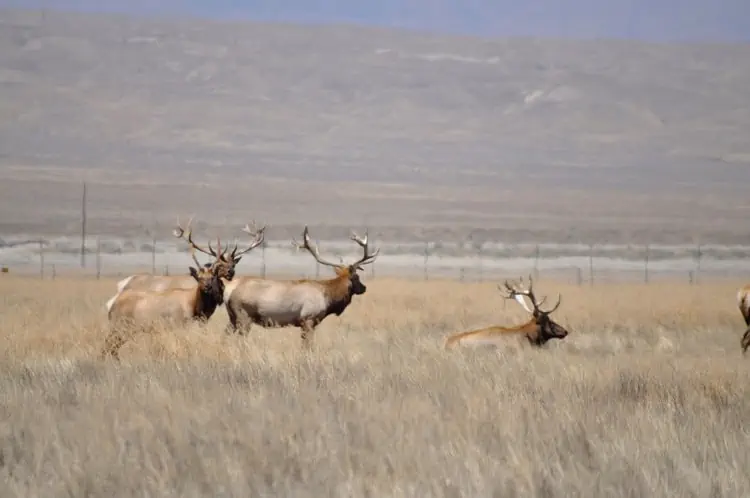
Near Buttonwillow is another great place for a stop; the Tule Elk State Natural Reserve. Tule Elk were in danger of extinction; then, in 1932, the herd now has permanent protection here.
The park has a picnic area where you can have a quick bite. You might catch a glimpse of the yellow-billed magpie that is only found in this small sliver of the central valley. The reserve is only about 8 miles off I-5. So it’s not too far out of the way for a good nature stop.
At the summit of the Grapevine is Fort Tejon. The fort was established in 1854 but was only occupied for 10 years. Now restored adobes and the parks museum feature exhibits on local history and army life at the fort.
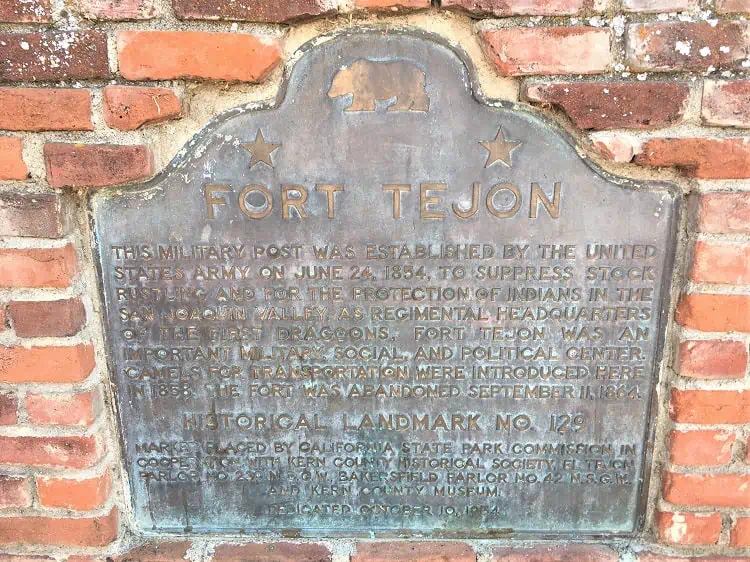

And There Are Some Good Eats On The Drive From SF To LA
Did you get an early start out of the SF Bay Area to avoid traffic, and now your tummy is screaming for some food?
Try Eddies Famous Café in Los Banos. Rated four stars on Yelp, Eddie’s is Famous for Breakfast. Homemade sausage, pancakes, biscuits, and cinnamon rolls are tops on the menu. Take CA-152 east, about 7 miles from I-5; Eddies is on the south side.
Want a more sophisticated sit-down meal to break up your drive? Harris Ranch Inn & Restaurant is the place to go. You can get pretty much anything you’re craving here, but Harris is known for its beef. It is a cattle ranch, after all. You don’t go to a fish house for a steak, and you don’t order fish at a steak house.
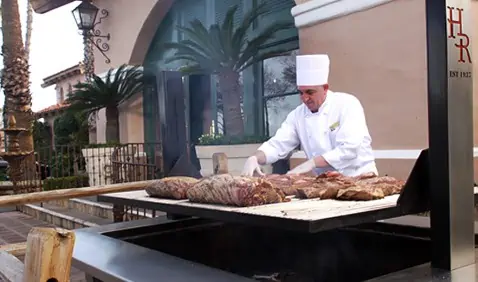
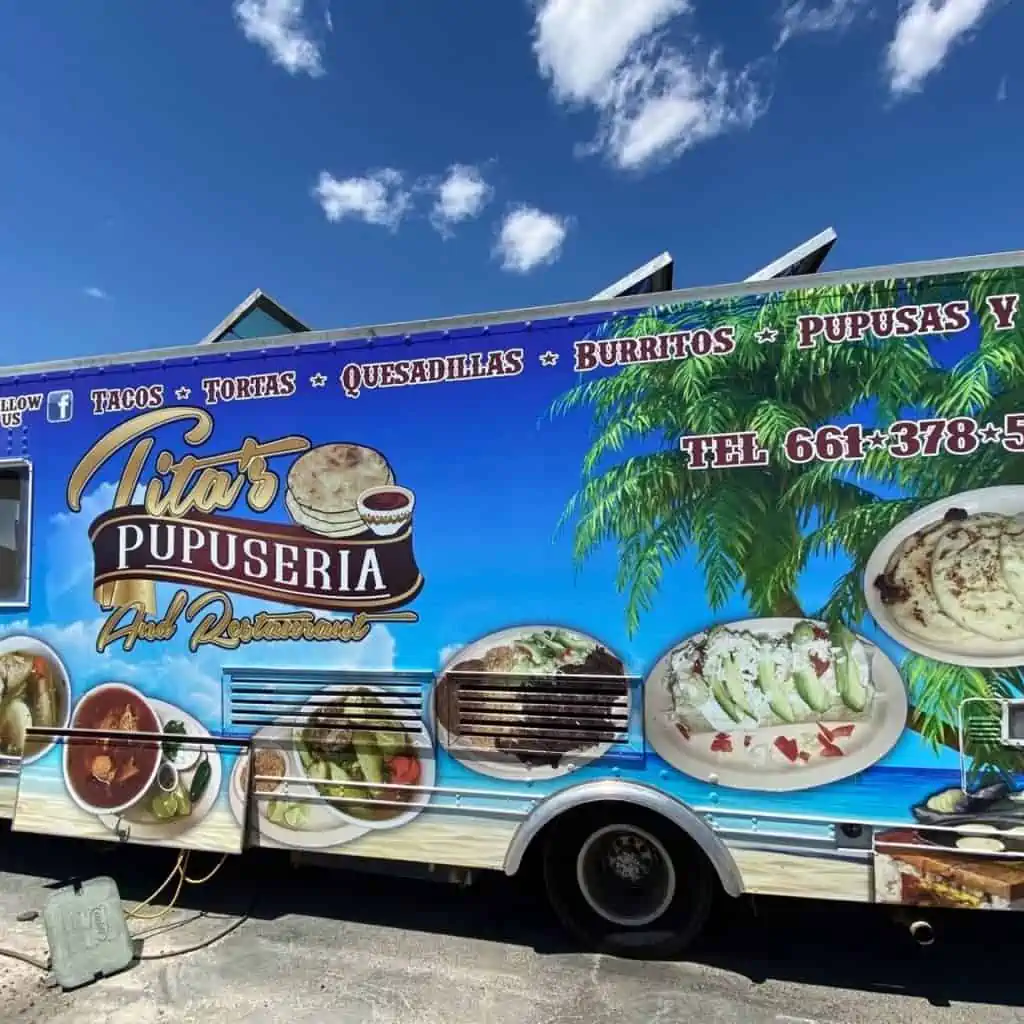
You will find every type of fast food at most stops on I-5. But if you are looking for something different but still in a hurry (after all, you are making the fastest drive from SF to LA), try Tita’s Pupuseria Lonchera (Taco Truck).
Tita’s is parked on the east side of I-5 across the street from the Arco gas station at the Buttonwillow exit. This is a fantastic stop on the northbound drive. Serving up authentic Salvadoran Pupusas, Plantanos con Frijoles y Crema, and Calabaza y Queso, along with all the Tacos you can think of. Tita’s is a great lunch stop.
I-5 Is The Fastest Drive, But There Are Some Times You Don’t Want To Be On This Highway
Driving I-5 between Los Angeles and San Francisco is the fastest route. But you need to plan your drive. and it’s a good idea to review CalTrans 511 site for the best time to make your trip.
Because many Californians have family at either end of this trip, Holiday travel is pretty congested on I-5. Give yourself and your family a bit more time and leave on a Thursday instead of a Friday. If you are going for Thanksgiving, maybe take the week off and head out on Monday or Tuesday. But remember, the return traffic on Sunday will be just as bad.
Also, Disneyland and Universal Studios are in LA. This means many families make this trek to get to “the happiest place on earth” and other fun attractions. And just a bit south of LA are SeaWorld and the San Diego Zoo in San Diego. School holidays and summer bring a lot more traffic.
Avoid rush hour traffic. There are some horribly congested areas during morning and evening rush hour on either end of the drive. It’s never pleasant to be in bumper-to-bumper traffic.
Usually, this will mean getting an early start for your drive. If you are an early bird and love the idea of hitting the road at say, 6 am, you will likely be at your destination in the early afternoon.
A word of caution for night owls, though. I-5 is heavily used by big trucks, “eighteen-wheelers.” It can be pretty intimidating to have these trucks rushing past you every few minutes in the dark.
Road Concerns Along I-5 Between SF And LA
I-5 is only two lanes in each direction. Trucks are usually in the slow (right-hand) lane. But now and then, a slightly faster truck will want to pass a somewhat slower truck. When this happens, it usually results in many passenger vehicles being stuck behind a truck.
Sometimes it smells. The Harris Ranch feedlot covers over 800 acres and can accommodate up to 250,000 head of cattle right next to I-5. It can be ripe at times. You will probably want to have your vehicle’s air on recirculate between exits 349 (north end) and 334 (south end).
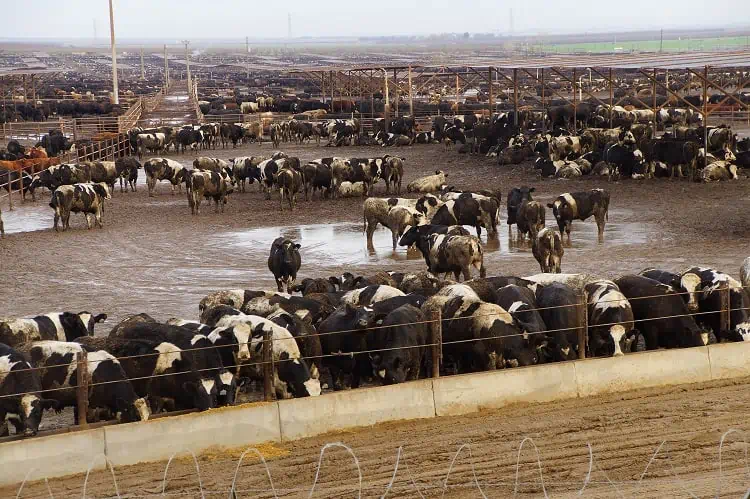
People drive fast on I-5! I don’t mean a little fast, but really fast. The legal speed limit is 70 mph, but most are going more than 80 mph. If you don’t drive this fast, staying in the right lane will keep you and other, “faster drivers.” safer.
However, the trucks are usually in the right lane, and they only drive a max of 65 mph. We tend to stay in the left lane and keep an eye on the rearview mirror for those rushing to overtake us.
All along the Interstate, you will encounter windy conditions. The land on either side of the highway is mostly agricultural; blowing dust from these fields can reduce visibility and make the trip less than pleasant.
Another issue that lowers visibility is the low-lying fog, known as Tule (rhymes with newly) fog. In the Central Valley, from last fall to early spring, tule fog forms after rainfall. This fog forms at ground level and is very dense, cutting visibility to less than a few feet. Tule fog has caused many chain-reaction pile-ups.
The Grapevine
I promised you at the top of this post; I’d give you more detail on “the Grapevine” later; well, here it is.
“The Grapevine” gets its nickname from its northern anchor and is the most daunting part of the drive. This five-mile stretch of I-5 runs between the summit of the Tejon Pass and the town of Grapevine.
In the United States, the maximum grade for Federally-funded highways is 6%. Some exceptions allow a grade to be as much as 7%, but you don’t see those much. The Grapevine is at 6% for five miles. That’s a long drive for such a steep roadway.
In the winter, the Grapevine is subject to severe weather, certainly rain and sometimes snow. This will cause icy conditions on the roadway, and often, the Highway Patrol will close down this section of I-5.
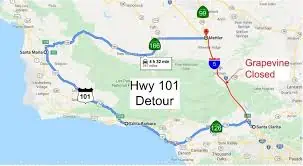
When the Grapevine is closed, there is an alternate route. But this route often takes longer to travel than waiting for I-5 to re-open. However, if you find yourself having to detour over to CA 101, you will have the benefit of traversing a bit of the Pacific Coast Highway.
Use a good Road App like Waze or check with CalTrans for highway conditions. You may be better off waiting a day for your trip or driving one of the alternate highways than trying to get past the Grapevine in the snow.
Is Your New EV Causing You Mileage Anxiety? Charging Stations Abound From SF To LA On I-5
For the past few years, the West Coast has been building out an “Electric Highway” to support the transition to even more electric vehicles on our roads.
Take a look at this site put together by the Washington State Department of Transportation, showing the extensive network of electric vehicle (EV) DC fast-charging stations located roughly every 25 – 50 miles along Interstate 5 from British Columbia to Baja, California.
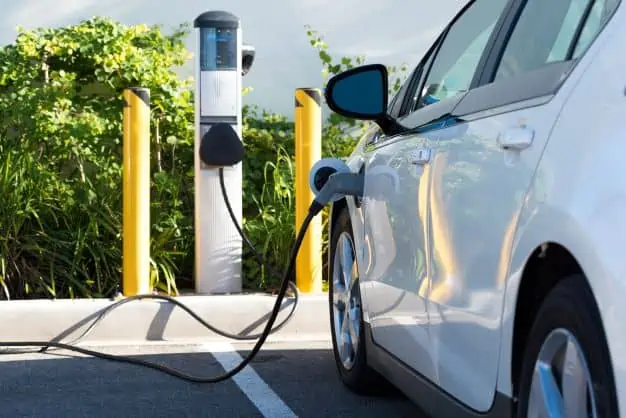
For California specifically, a summary of the CalTrans press release says:
“…there are 22 Level 3 DC fast chargers deployed as part of this $4.5 million project provide an approximate 80 percent charge in 30 minutes to EVs with fast-charging capability. The units also feature “universal connectors” to recharge all EVs on the market, including Teslas, with an adapter. Charging is free with no time limit.”
Additionally:
“With four new EV fast chargers at the Tejon Pass Rest Area on Interstate 5 and 18 others staggered approximately 40 miles apart, Caltrans has reduced recharging concerns for plug-in EV drivers on long-distance trips through the Central Valley,” added Tony Tavares, director of Caltrans District 7.
You can read the full press release at https://dot.ca.gov/news-releases/news-release-2021-001
So if you want to take the fastest drive from SF to LA on I-5, you can feel confident that there will be ample places to “refuel” your EV. Keep these two websites bookmarked on your phone, and you will always be able to find charging locations.
You Have Choices When Driving From SF To LA
There are alternatives if you are not looking for the fastest drive from SF to LA. One alternative is the medium drive time route, or “the 101” (US Highway 101). You can do some sightseeing, maybe stop at one of the wine-tasting rooms in Paso Robles, or spend some time at the Monterey Bay Aquarium and still get to Southern California in a day.
On the 101, you will be just east of the coastal range for most of the drive. So while you won’t see the ocean, you will have trees and, in general, a more scenic route. The usual time on this route: is 8 to 10 hours, depending on your stops.
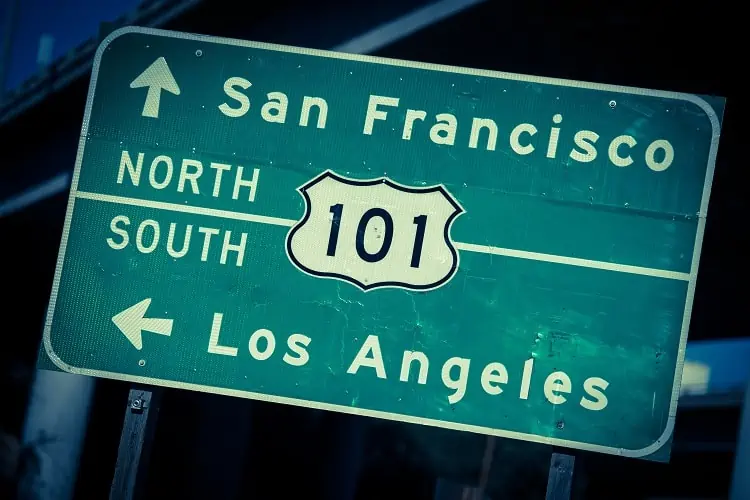
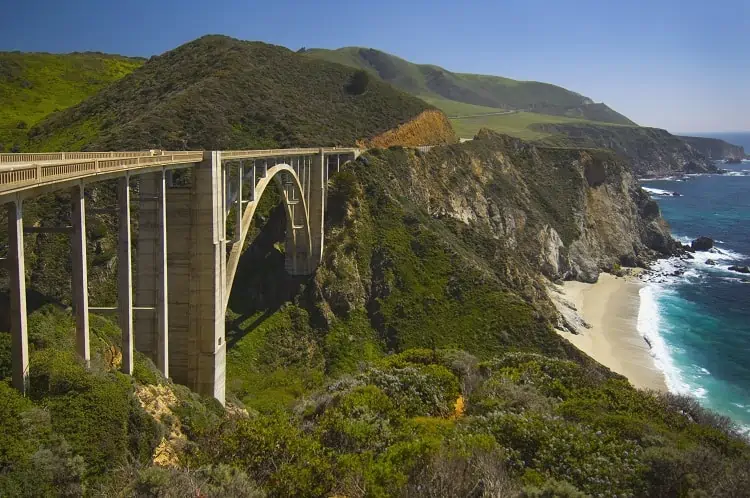
If you have the luxury of time, driving CA Highway 1 – the California Coastal Highway is a scenic wonderland. The coastal route is not one you should rush through.
You will go through Monterey Bay, cross over the famous Bixby Bridge, and see all the little towns along the coast, like Big Sur, San Simeon (Hearst Castle), San Luis Obispo, Santa Barbara, Malibu, and Santa Monica, before reaching Los Angeles. Each of these Cities is worthy of a long stopover. This trip is a beautiful long weekend getaway all by itself.
But Why Not Just Fly?
Many consider flying the fastest way between SF and LA, and it is. After all, there are direct flights nearly every half hour between Los Angeles International Airport and San Francisco International Airport. But there are a couple of reasons people feel driving is a better choice.
The time and hassle it actually takes to fly to Los Angeles can be frustrating. When you add in getting to the airport and then to your final destination at the other end, the total time spent can be 3 1/2 to 4 hours.
The fastest drive from SF to LA is around 6 hours and 15 minutes (400 miles @ 65 miles per hour) on I-5. Yes, driving takes a little longer, but it is usually cheaper and can be more efficient.
Cost is often a determining factor. If two or more people go to the same place, airline ticket prices can be expensive. One of the best deals you can get if you fly is the $99 fare one way on Southwest Airlines, round-trip totals $198 per person. And you may need to rent a car when you get to SF or LA. Neither city is known for its public transportation.
The drive from SF to LA is around 800 miles round trip. This mileage is high if you look at Google Maps, but we will use this number for the sake of easy math.
If your car gets 25 miles per gallon, you will need about 32 gallons of gas for this trip. Using AAA’s average gas price for California (today’s ridiculous average is $5.89 per gallon), this drive will cost you around $190.00.
Total cost for two people to fly: $396.00;
Total cost for two or more people to drive: $190.00.
If you are in a hurry to get between San Francisco and Los Angeles but want your car, driving I-5 makes time and sense.
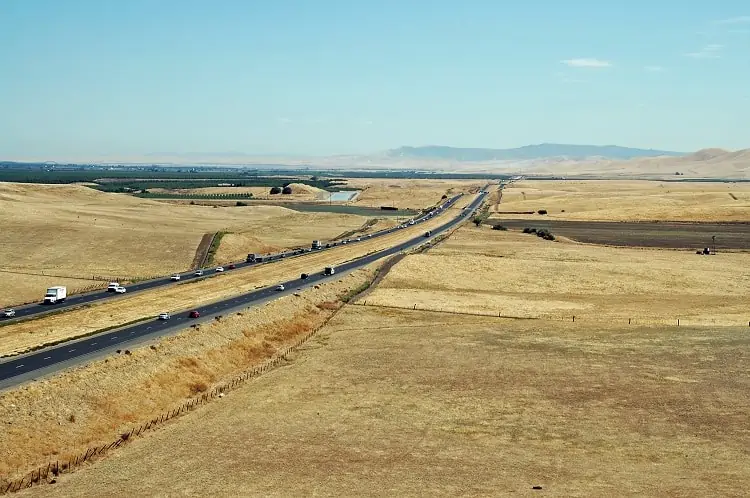
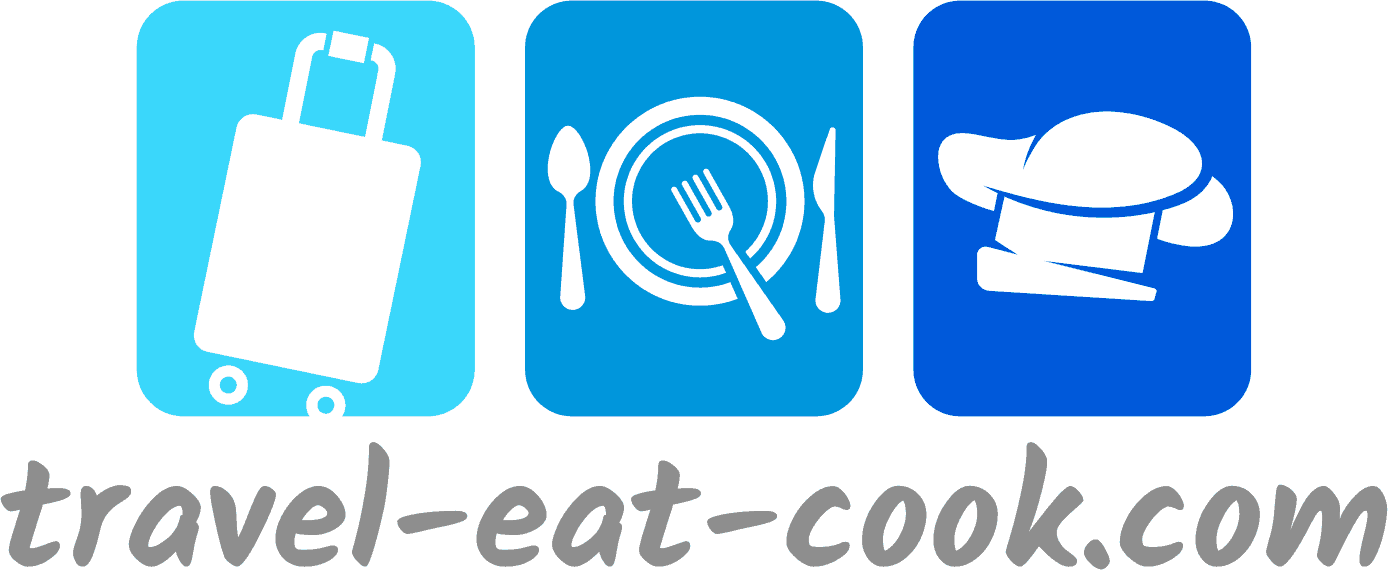
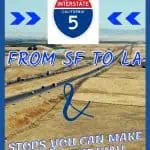
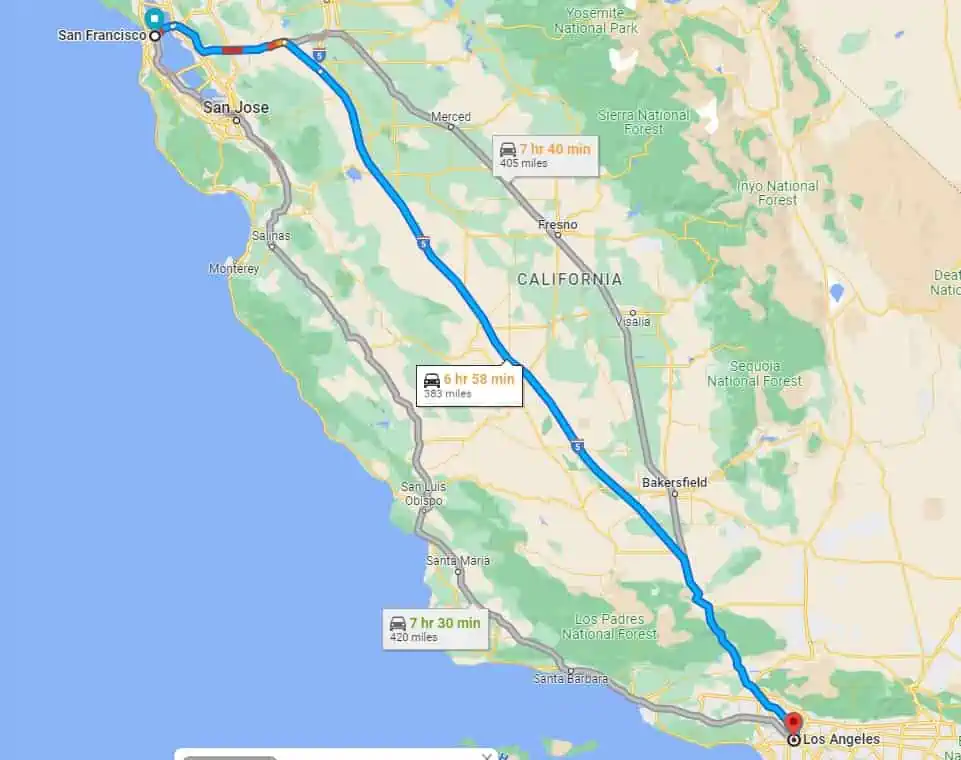
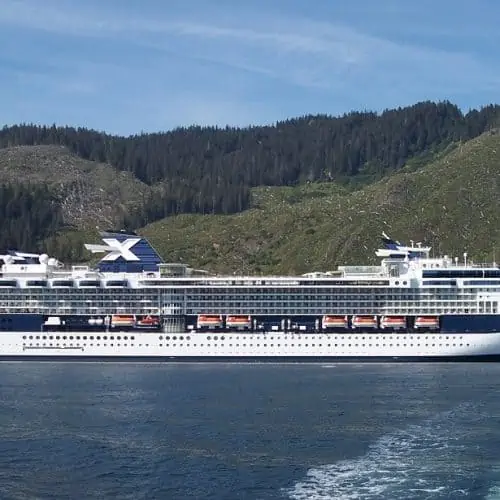
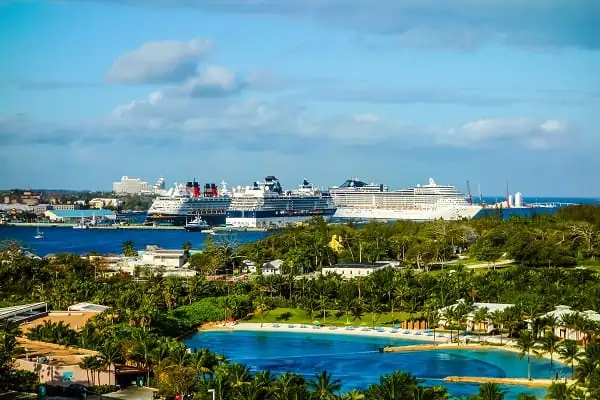

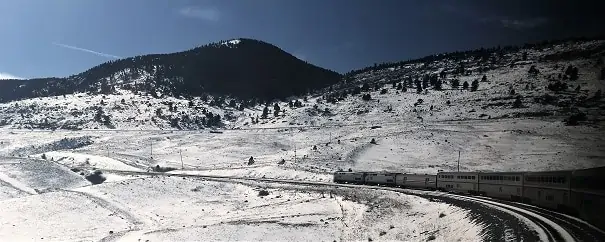
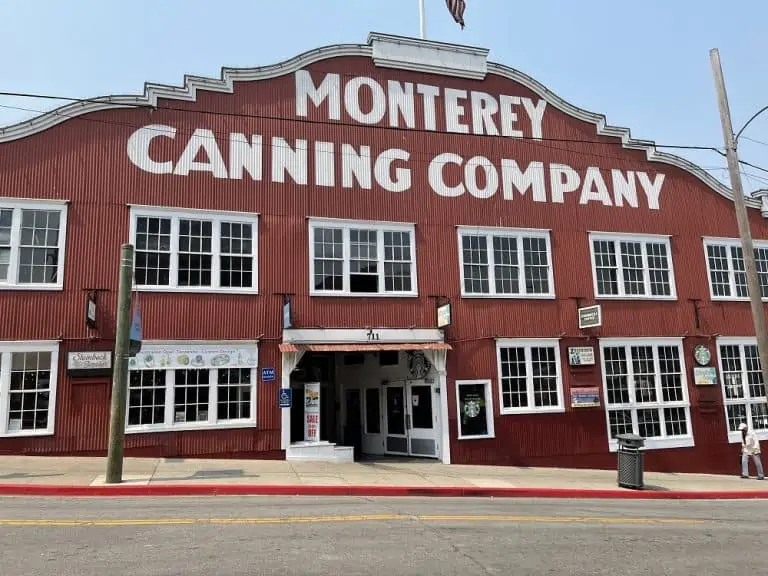
2 Comments